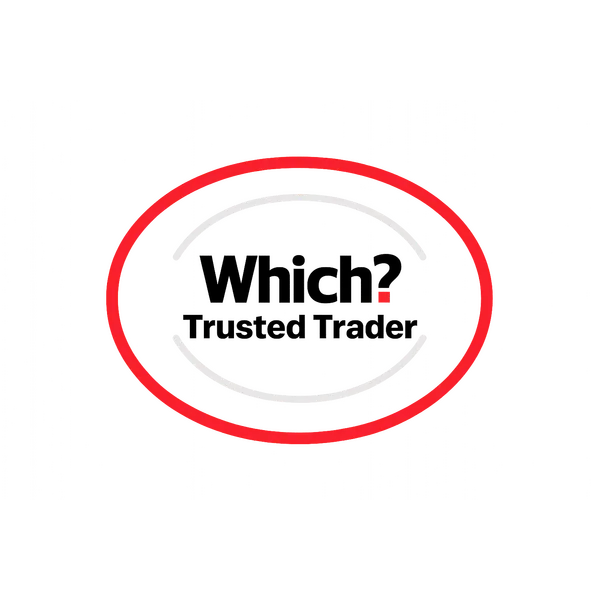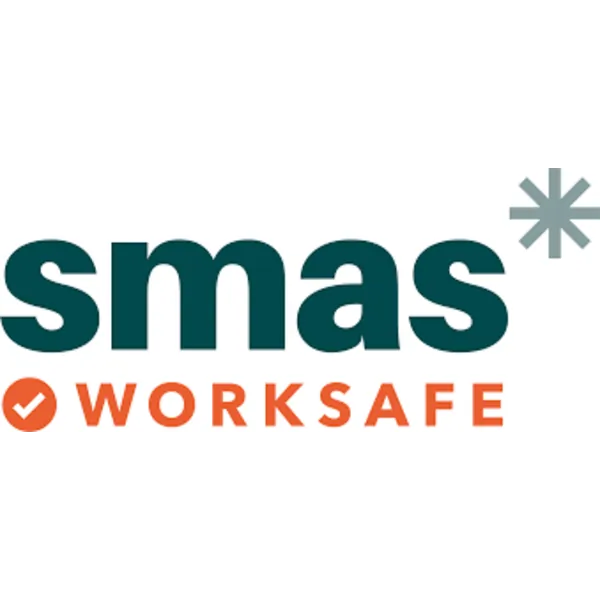DNO Approval: What is it and how does it work?
You must get DNO approval to export energy to the national grid. Find out what it is, how it works, and why there is such a long wait time.
What is DNO Approval?
DNO stands for Distribution Network Operator - the company responsible for the electricity network in your area. Before connecting any generation equipment (like solar panels) to the grid, you must notify or get approval from your DNO. This ensures the network can safely handle your exported electricity.
Why is it Required?
The electricity grid was designed for one-way flow - from power stations to homes. Solar panels reverse this flow, and DNOs need to:
- Ensure network stability
- Prevent overloading
- Maintain power quality
- Protect engineers working on lines
- Plan future network capacity
G98 vs G99: Understanding the Difference
G98 (Notification Process)
For smaller systems:
- System size: Up to 3.68kW per phase (11kW three-phase)
- Process: Notification only - install then notify
- Timeline: Notify within 28 days of commissioning
- Response: Usually automatic acceptance
- Cost: Free
G99 (Application Process)
For larger systems:
- System size: Above 3.68kW per phase
- Process: Apply before installation
- Timeline: 45-90 working days typically
- Response: May require network studies
- Cost: Free application, studies may cost
The DNO Application Process
Step 1: Determine Your Requirements
- Check system size (AC output)
- Identify your DNO region
- Decide G98 or G99 route
- Gather system information
Step 2: G98 Notification Process
- Install system with MCS installer
- Complete commissioning tests
- Submit G98 form online or post
- Receive acknowledgment from DNO
- Start exporting immediately
Step 3: G99 Application Process
- Submit application before installation
- DNO reviews network capacity
- Possible network study if concerns
- Receive offer with any conditions
- Accept offer and pay any costs
- Install system once approved
- Final commissioning witnessed by DNO
UK Distribution Network Operators
England and Wales DNOs
- UK Power Networks: London, South East, East
- Western Power Distribution: Midlands, South West, Wales
- Northern Powergrid: Yorkshire, North East
- Electricity North West: North West England
- Scottish Power Energy Networks: Merseyside, North Wales
- SSE Networks: Central Southern England
Finding Your DNO
- Check your electricity bill
- Use Energy Networks Association website
- Ask your installer
- Call 105 (power cut number)
Why the Long Wait Times?
Current Challenges
DNOs face unprecedented demand:
- Solar installations up 50% year-on-year
- Limited staff for assessments
- Aging infrastructure needing upgrades
- Complex calculations for each area
- Regulatory requirements adding steps
Network Constraints
Some areas experience:
- Voltage rise issues
- Thermal overloading
- Reverse power flow problems
- Protection system conflicts
- Harmonic distortion
What Happens During Assessment?
Network Studies Include
- Voltage level analysis: Can network handle export?
- Thermal capacity: Will cables overheat?
- Fault level assessment: Protection systems impact
- Power quality: Harmonic and flicker analysis
- Geographic clustering: Other local generation
Possible Outcomes
- Unconditional approval: Proceed with installation
- Conditional approval: With export limits
- Approval with costs: Network reinforcement needed
- Temporary refusal: Until upgrades complete
- Alternative connection: Different connection point
Export Limitation Devices
When Required
DNOs may mandate export limiting if:
- Network constraints exist
- Conditional approval granted
- Cost-effective alternative to upgrades
- Temporary measure planned
How They Work
- G100 certified devices required
- Dynamically limit export power
- Allow full self-consumption
- Typical limits: 3.68kW or zero export
- Can be adjusted when network upgraded
Costs and Timescales
Typical Timescales
- G98 notification: Immediate installation
- G99 simple: 6-8 weeks
- G99 with study: 12-16 weeks
- Complex cases: Up to 6 months
- Appeals process: Additional 3 months
Potential Costs
- Application: Free
- Basic studies: Free
- Detailed studies: £500-£2,000
- Network reinforcement: £1,000-£50,000+
- Alternative connection: Variable
Common Issues and Solutions
Application Delays
If experiencing delays:
- Chase regularly: Weekly contact
- Escalate: To DNO managers
- Complain formally: If exceeding timescales
- Contact Ofgem: For regulatory breach
- Consider alternatives: Export limitation
Rejection Reasons
Common issues:
- Incomplete application forms
- Wrong system details provided
- Missing electrical diagrams
- Incorrect DNO region
- Previous applications not closed
Battery Storage Considerations
Additional Complexity
Batteries add requirements:
- Must declare storage capacity
- AC or DC coupled differences
- Charge/discharge rates considered
- Grid charging capabilities
- Emergency backup features
G100 Compliance
For export limitation:
- Batteries must be included
- Integrated control required
- Failsafe operation essential
- Regular testing needed
Future Developments
Smart Grid Evolution
Coming improvements:
- Dynamic export agreements
- Real-time network management
- Flexible connections
- Market-based solutions
- Automated applications
Regulatory Changes
Expected updates:
- Streamlined processes
- Shorter timescales
- Digital applications only
- Standardized national approach
- Reduced bureaucracy
Tips for Smooth Approval
Do's
- ✅ Use experienced installers
- ✅ Submit complete applications
- ✅ Provide accurate information
- ✅ Respond quickly to queries
- ✅ Keep records of everything
Don'ts
- ❌ Install before G99 approval
- ❌ Modify system after application
- ❌ Submit multiple applications
- ❌ Provide incorrect details
- ❌ Ignore DNO communications
Working with Your Installer
Installer Responsibilities
Good installers will:
- Handle all DNO paperwork
- Advise on requirements
- Track application progress
- Manage any issues
- Ensure compliance
Your Responsibilities
- Provide accurate information
- Sign forms promptly
- Pay any required fees
- Inform of any changes
- Keep documentation safe
The Witness Test Process
For Larger Systems
G99 installations may require:
- DNO engineer attendance
- Commissioning tests witnessed
- Protection settings verified
- Export limitation checked
- Final approval granted
Preparation Required
- System fully installed
- All tests completed
- Documentation ready
- Safe access provided
- Installer present
Alternative Solutions
If DNO Approval Difficult
Consider:
- Smaller system: Stay under G98 limits
- Export limitation: Accept constraints
- Battery storage: Increase self-consumption
- Phased installation: Start small
- Different property: If multiple owned
Case Studies
Successful G99 Application
Manchester homeowner:
- 6kW system proposed
- Initial concerns raised
- Export limitation accepted
- Approved in 8 weeks
- Full export allowed after 1 year
Complex Network Reinforcement
Rural Scottish property:
- 10kW system planned
- Weak network identified
- £15,000 upgrade quoted
- Negotiated 50% contribution
- System operational after 6 months
Conclusion
DNO approval is a crucial but sometimes frustrating part of the solar installation process. Understanding the requirements, timescales, and potential challenges helps set realistic expectations. While wait times can be long, especially for G99 applications, the process ensures safe and stable operation of the electricity network as renewable generation grows.
Working with experienced installers like CRG Direct significantly smooths the DNO approval process. We handle all applications, track progress, and manage any issues that arise. Our expertise with local DNOs and understanding of their requirements helps minimize delays and maximize your chances of straightforward approval.
Don't let DNO approval concerns delay your solar plans - contact us today for expert guidance through the entire process.















